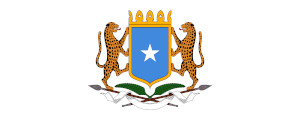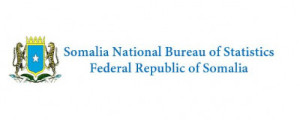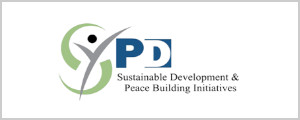Survey-Based Household Data Collection for Registration Intake of the Unified Social Registry in Rural Somalia
WFP, on behalf of the Government of Somalia, implemented a rural safety net project with coverage extending to 200,000 households (approx. 1.2 million people) across twenty-eight districts in Somalia. WFP also implemented a shock-response safety net project to provide cash-based emergency assistance to 102,947 locust-affected households across 451 districts.
HACOF was contracted to enhance the registration intake of the Unified Social Registry (USR) by updating it with the socio-economic information on the 200,000 households supported by the SNHCP and SNLRP (Safety Nets for Locust Response Project) projects, in accordance with approved common registration form (CRF).
National Reach Survey of Covid-19 Media Programming
This was a nationally representative quantitative sample survey to measure the reach, explore levels of engagement and evaluate the impact of the key media and communication outputs of the project (audio and visual Public Service Announcements (PSAs) and the radio programme Hagaha Nolosha (Life Guidance). It was also to collect data on media access and the use of different platforms including radio, TV and social media. BBC Media Action commissioned HACOF to conduct a quantitative survey between March and May aiming to measure the reach and understand engagement and impact of key media and communication outputs of the project.
First Users Statistics Survey
The purpose of this project was to develop national statistical system which is responsive to user needs and which engages users more in the planning, governance and monitoring, and evaluation of statistical services. Specifically, the USS seeks to:
- To assess data needs, satisfaction with the current state of official statistics produced by SNBS and the national statistics system, and perceptions of key users of the statistical products and services of national statistical service providers.
- To advise on the establishment of a framework for user-producer consultations, including a mechanism for soliciting regular feedback on user satisfaction, dialogue with users, and a mechanism for utilizing user feedback for planning, implementation and monitoring, and evaluation of improvements during the project implementation period
Somali Integrated Household Budget Survey
Somalia developed its Ninth National Development Plan (NDP9), 2020-2024, which serves as the country’s Interim Poverty Reduction Strategy Paper (IPRSP) under the Highly Indebted Poor Country (HIPC) initiative.
The Federal Government of Somalia (FGS) in partnership with Somali National Bureau of Statistics (SNBS) launched the Continuous Multi-Purpose Household Survey (SIHBS) to collect the same core data on household members’ characteristics such as age, sex, marital status, household consumption, expenditure and income to build technical and administrative capacities necessary to gather a wide range of data that can be used to construct a more comprehensive and reliable GDP and track progress toward Sustainable Development Goals (SDGs).
HACOF was contracted to collect detailed information on household expenditures and consumption incurred on goods and services to monitor household welfare and measure poverty. In addition to welfare data, SIHBS also collected other socio-economic information relevant for monitoring the living conditions of private Somali households such as access to basic assets, facilities and services. Data collected through the SIHBS will also be used to improve the GDP estimates and for the compilation of the commodity basket and commodity weightings used in the construction of a new CPI
The Federal Government of Somalia (FGS) in partnership with Somali National Bureau of Statistics (SNBS) launched the Continuous Multi-Purpose Household Survey (SIHBS) to collect the same core data on household members’ characteristics such as age, sex, marital status, household consumption, expenditure and income to build technical and administrative capacities necessary to gather a wide range of data that can be used to construct a more comprehensive and reliable GDP and track progress toward Sustainable Development Goals (SDGs).
HACOF was contracted to collect detailed information on household expenditures and consumption incurred on goods and services to monitor household welfare and measure poverty. In addition to welfare data, SIHBS also collected other socio-economic information relevant for monitoring the living conditions of private Somali households such as access to basic assets, facilities and services. Data collected through the SIHBS will also be used to improve the GDP estimates and for the compilation of the commodity basket and commodity weightings used in the construction of a new CPI
Provision of Local Market Survey in Central South Region Somalia
The study seeks to investigate gender dimensions of population needs and capacities among the affected communities related to UNICEF program interventions. To inform UNICEF Somalia planning for CPD mid-term review. To inform how gender inequality and gender gaps matter for each program section. To inform what actions can be introduced or improved upon to decrease gender disparities.
Multi Sectoral Needs Assessment
The general objective/goal of the assessment is to analyze and generate a reliable report which clearly articulated the exact humanitarian needs in the selected area.
The assessment anticipated outcome is more inclusive, effective, and reliable based on questionnaires and focus group discussions which the consultant will use during the assessment process with the aim of collecting the exact need in the assessed area.
The assessment anticipated outcome is more inclusive, effective, and reliable based on questionnaires and focus group discussions which the consultant will use during the assessment process with the aim of collecting the exact need in the assessed area.







